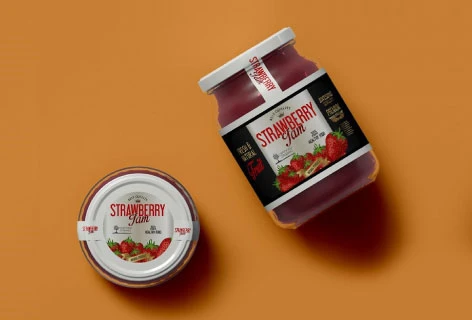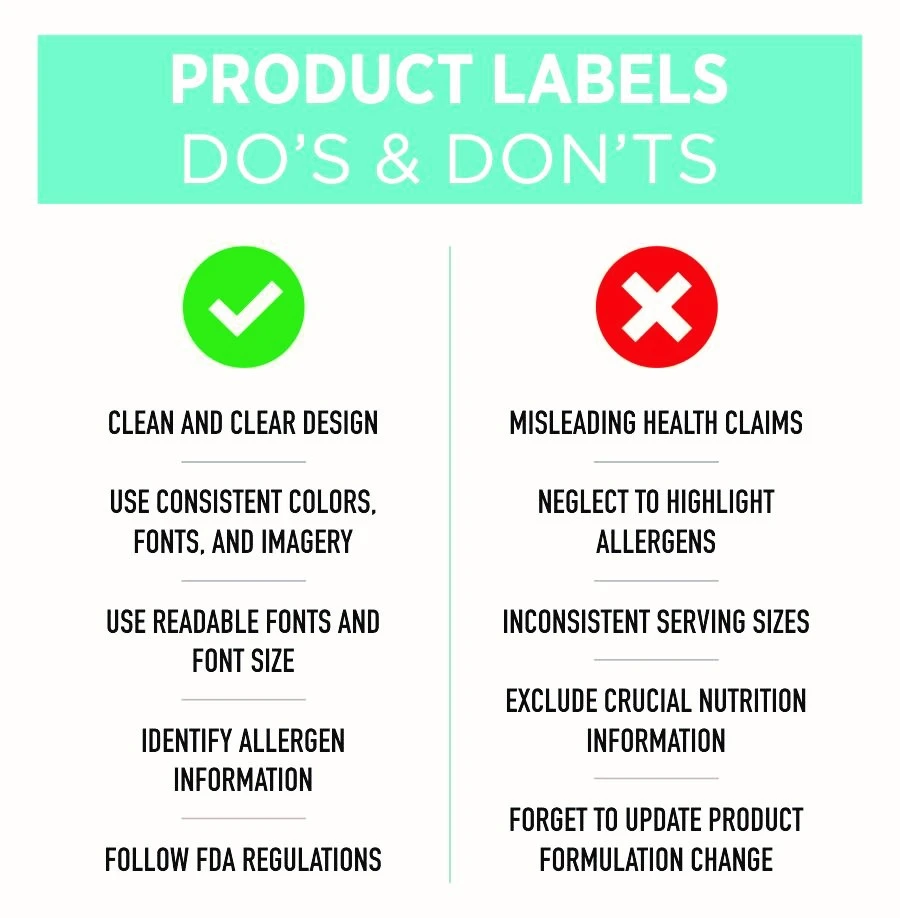Product Label Design For The Food Industry: Tips for Small Businesses

In the ever-evolving landscape of commerce, product labeling plays a crucial role in capturing attention and making a lasting impression on potential customers. For small businesses, in particular, an impactful product label serves as the first point of contact with consumers. Effective product labeling is a critical aspect of consumer communication, brand identity, and regulatory compliance.
This guide aims to equip small businesses with the knowledge and tools necessary to create product labels that not only captivate consumers but also effectively communicate their brand identity. These insightful tips and essential design tools can help empower small businesses to elevate their products through strategic and visually appealing product labels.
The Art of Product Label Design
Following are some core principles that can help elevate your product labels from mere markers to compelling storytellers.
Clarity is Key: Start with a clean and clear design. Ensure that vital information such as the product name, key features, and usage instructions are easily readable.
Embrace Consistency: Maintain a consistent visual identity across all your products. This includes using consistent colours, fonts, and imagery to strengthen brand recognition.
Typography Matters: Choose legible fonts and appropriate font sizes. A well-chosen typography style enhances readability and communicates professionalism.
Storytelling: Use your product label as a storytelling canvas. Share your brand's journey, values, or unique selling points to create a connection with consumers.
Highlight Unique Selling Points: Showcase what makes your product special. Whether it's eco-friendly packaging, organic ingredients, or unique benefits, make these features stand out.
In the fast-paced landscape of consumer choices, a well-designed product label is an unsung hero that can make your product shine amidst the competition. The "do's" of label design emphasize the importance of clarity, brand consistency, and storytelling to establish a strong connection with your audience. On the flip side, the "don'ts" caution against pitfalls such as information overload, inconsistent branding, and misleading imagery that can erode consumer trust. Following are some important Do’s and Don’t to follow while designing labels for your product packaging.
Dos:
Accurate Ingredient List: Provide a comprehensive and accurate list of ingredients used in your product. Follow FDA guidelines for ingredient declaration and use common names.
Nutrition Facts Panel: Include a nutrition facts panel that adheres to FDA guidelines. Accurately state serving sizes, calories, and nutrient information to assist consumers in making informed choices.

Allergen Information: Identify any allergens present in the product as dictated by FDA regulations. Use bold, contrasting colours or typography to highlight allergen information for enhanced visibility.
Compliance with FDA Regulations: Stay updated with the latest FDA regulations relevant to your product category. Ensure that your labeling complies with these regulations to avoid legal issues.
Don'ts:
Misleading Health Claims: Don’t make exaggerated or misleading health claims on your labels. Ensure that all health-related statements are supported by scientific evidence and comply with FDA guidelines.
Missing Allergen Warnings: Don’t neglect to highlight allergens. Failure to identify common allergens could lead to severe health issues for consumers with allergies and legal consequences for your brand.
Inconsistent Serving Sizes: Don’t present inconsistent serving sizes. Follow FDA guidelines to maintain consistency and accuracy in serving size information for easy comparison between products.
Incomplete Nutrition Information: Don’t exclude crucial nutrition information from your labels. Consumers rely on nutritional data to make informed choices about the products they purchase.
Overlooking Label Revisions: Don’t forget to update labels when making changes to the product formulation. Timely revisions ensure that the information on the label remains accurate and compliant.


